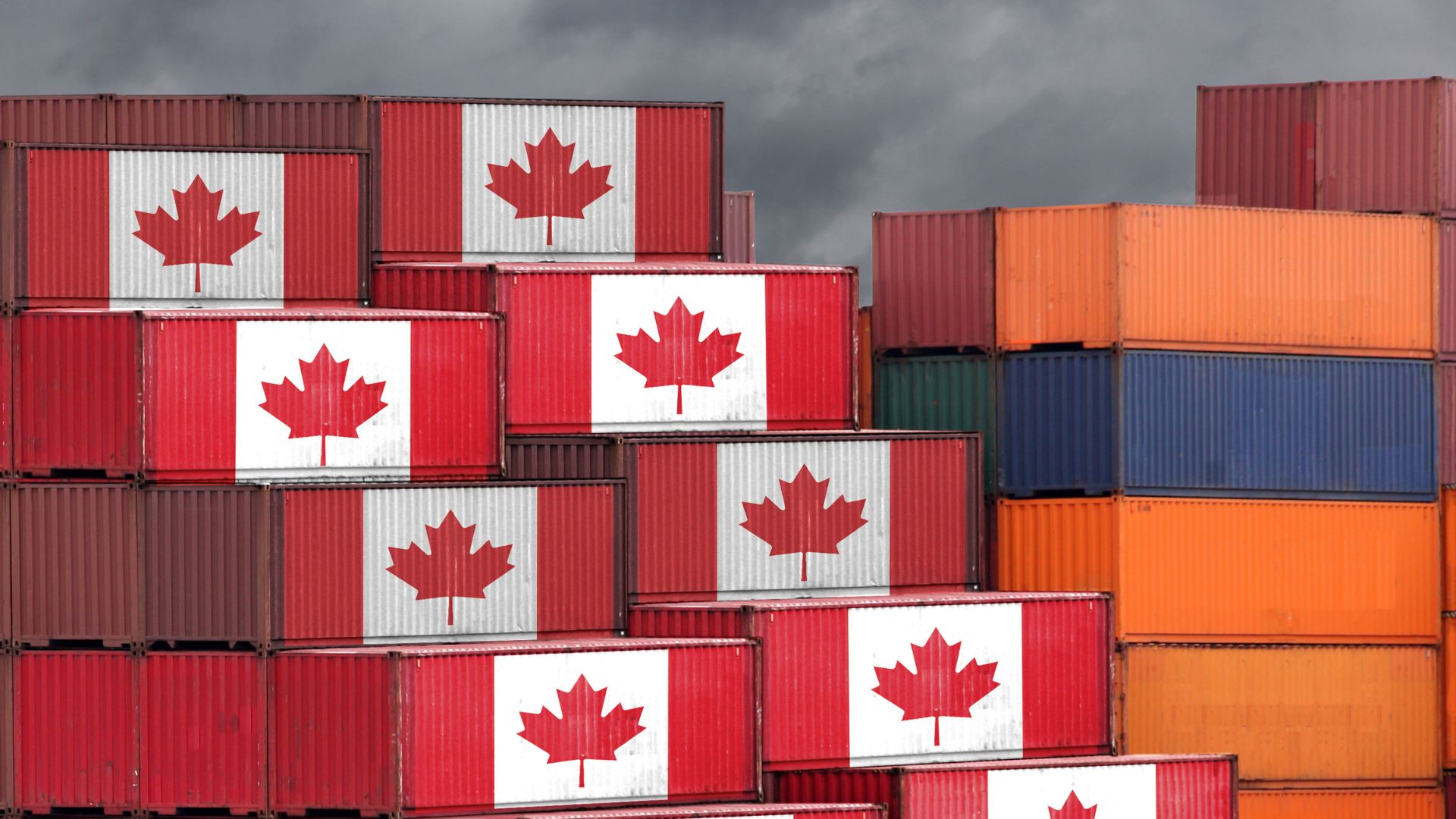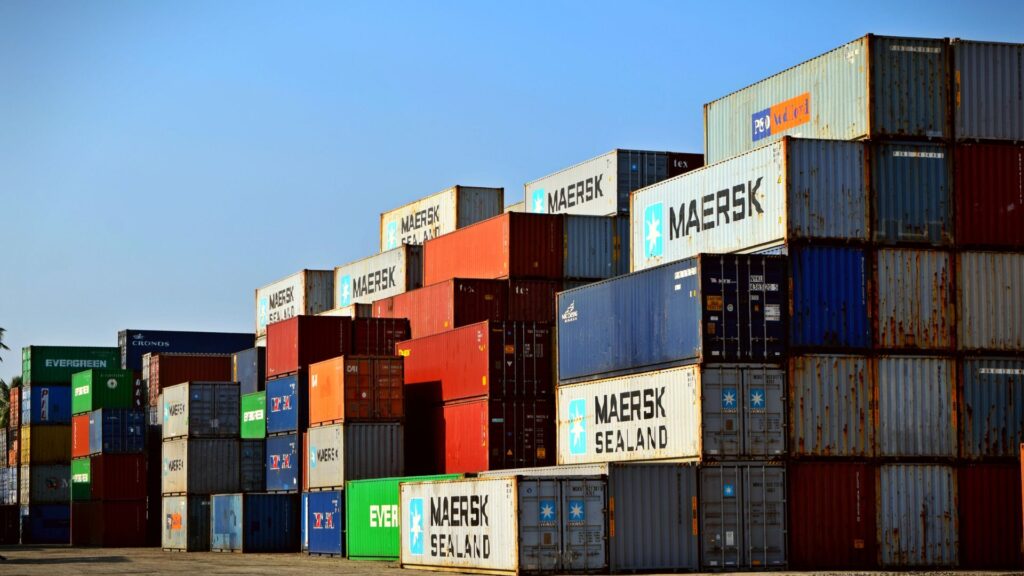
How to import goods to canada? Importing commercial goods into Canada can be a complex process, but with the right knowledge and resources, it can also be a rewarding endeavour. Whether you’re a sole proprietor or a trade consultant, knowing what paperwork and forms you need to import goods is essential. Now, we will explore the step-by-step process of importing goods and services to Canada, as well as the programs available to help reduce duties. Everything you need to know about the importation process, from packing and shipping your items to meeting customs requirements, is included in this book.
- Importing and Exporting Toolkit
- How to Get Your Merchandise Into Canada in Easy Steps
- Using a Licensed Customs Broker
- Programs to Reduce Duties
- Compliance and Trade Facilitation
- Additional Resources for Importers
- Goods into Canada
- FAQ’s
- What documents are required for importing goods into Canada?
- How can I calculate the duties and taxes for my imported goods?
- Do I need a licensed customs broker to import goods into Canada?
- Are there programs to reduce duties on imported goods?
- How can I stay updated on import requirements and regulations for my goods?
Importing and Exporting Toolkit

Before diving into the specifics of importing commercial goods into Canada, it’s important to familiarize yourself with the border and trade requirements for small and medium-sized enterprises. The Importing and Exporting Toolkit provided by the Canada Border Services Agency (CBSA) offers a comprehensive resource to help you understand the various aspects of importing and exporting. This toolkit covers topics such as customs tariffs, trade facilitation, compliance, and incentives, making it an invaluable tool for anyone involved in international trade.
How to Get Your Merchandise Into Canada in Easy Steps
Importing commercial goods into Canada requires careful planning and adherence to specific procedures. The step-by-step guide provided by the CBSA is an excellent resource to help you navigate the importation process. Let’s explore the key steps involved:
- Prepare: Before importing goods into Canada, it’s essential to gather all the necessary documentation and information. This includes obtaining an import permit if required, determining the country of origin, and ensuring compliance with any relevant regulations or restrictions.
- Determine Duties: Calculating and understanding the duties and taxes associated with your imported goods is crucial. The CBSA provides various tools and resources to help you determine the applicable duties, such as the Customs Tariffs and the Automated Import Reference System.
- Ship: Once you have prepared and determined the duties, it’s time to ship your goods to Canada. Selecting a reliable and efficient shipping method is important to ensure that your goods arrive at their destination safely and on time. Consider using a licensed customs broker, as they can handle the necessary paperwork and facilitate the clearance process.
- Report: Upon arrival in Canada, you must report your goods to the CBSA. This involves providing the required documentation, such as the Bill of Lading, commercial invoice, and any other relevant certificates or permits. Timely and accurate reporting is crucial to avoid delays and penalties.
- Pay Duties and Taxes: As an importer, it is your job to pay the duties and taxes on the things you bring into the country. The CBSA has a system called CARM for managing the payment of duties and taxes on things that are brought into Canada. CARM is a self-service accounting and revenue management system.
Using a Licensed Customs Broker

Navigating the complexities of importing goods into Canada can be overwhelming, especially for first-time importers. That’s where a licensed customs broker can be a valuable asset. By letting a broker do business on your account, you can rely on their knowledge to make sure you follow customs rules, handle paperwork, and speed up the process of getting your goods cleared. Working with a qualified customs broker can save you time, cut down on the chance of making mistakes, and help you speed up the process of importing.
Programs to Reduce Duties
Importing goods into Canada often entails paying duties and taxes, which can impact your bottom line. However, there are various programs available that can help reduce the amount of duties you need to pay. Let’s explore some of these programs:
- Duty Relief Programs: The CBSA offers several duty relief programs aimed at providing tax and duty relief for Canadian businesses. These programs include the Duties Relief Program, the Export Distribution Centre Program, and the Drawback Program. By participating in these programs, you may be eligible for duty and tax exemptions or refunds.
- Trade Incentive Programs: The Canadian government provides various trade incentive programs to encourage and support businesses engaged in international trade. These programs, such as the Duty Deferral Program and the Duty Drawback Program, can help reduce duties and taxes on imported goods. Understanding and taking advantage of these programs can significantly benefit your importation process.
Compliance and Trade Facilitation
Complying with customs regulations and requirements is essential when importing goods into Canada. Failing to comply can lead to delays, penalties, or even the seizure of your goods. The CBSA offers resources and assistance to help businesses comply with regulations and facilitate the smooth flow of goods at the border. Some key aspects to consider include:
- Import Permits and Restrictions: Certain goods require import controls, permits, or licenses to ensure compliance with health, safety, and environmental regulations. Familiarize yourself with the import permits and restrictions applicable to your goods to avoid any compliance issues.
- Border Wait Times: Knowing the current and forecasted wait times for Canada-U.S. land border crossings can help you plan your shipments more effectively. The CBSA provides border wait time information to keep you informed and minimize delays.
- Dispute Resolution: In case of a dispute or error with the Canada Border Services Agency, you have the right to dispute a decision or request a correction. Understanding the dispute resolution process can help you resolve any issues that may arise during the importation process.
Additional Resources for Importers
In addition to the above-mentioned information, there are several resources available to further assist importers in their journey:
- Canadian Importers List: The Canadian Importers list provides valuable information about companies that import goods into Canada, sorted by product, city, or country of origin. This resource can help you identify potential partners or suppliers for your importation needs.
- Updates on Import Requirements: The Automated Import Reference System provides regular updates on import requirements for products such as food, plants, and animals. Staying informed about these requirements is crucial to ensure compliance with regulations and avoid any disruptions in your importation process.
Goods into Canada

Importing commercial goods into Canada can be a rewarding venture, but it requires careful planning, compliance with regulations, and a solid understanding of the importation process. By following the step-by-step guide, utilizing the resources and programs available, and seeking assistance when needed, you can navigate the complexities of importing goods and services into Canada successfully. Remember to stay informed about the latest import requirements and leverage the available tools to streamline your importation process. With the right knowledge and resources, you can seize the opportunities that international trade brings and contribute to your business’s growth and success in the Canadian market.
FAQ’s
What documents are required for importing goods into Canada?
To import goods into Canada, you typically need essential documents such as a Bill of Lading, commercial invoice, and any necessary permits or licenses. Specific requirements can vary depending on the type of goods and their origin, so it’s advisable to consult the Canada Border Services Agency (CBSA) or a customs broker for precise guidance.
How can I calculate the duties and taxes for my imported goods?
You can calculate duties and taxes using tools provided by the CBSA, like the Customs Tariffs and the Automated Import Reference System. These resources help determine the applicable rates based on the type and value of your imported items. Remember that the accuracy of these calculations is crucial to avoid issues during customs clearance.
Do I need a licensed customs broker to import goods into Canada?
While it’s not mandatory to use a customs broker, they can simplify the importation process significantly. A licensed customs broker can handle paperwork, ensure compliance with regulations, and expedite customs clearance. Their expertise can save time, reduce errors, and help you navigate the complexities of importing.
Are there programs to reduce duties on imported goods?
Yes, there are several programs available to reduce duties and taxes on imported goods. The CBSA offers duty relief programs like the Duties Relief Program and trade incentive programs such as the Duty Deferral Program. By participating in these programs, you may qualify for exemptions, refunds, or reduced duty rates, depending on your eligibility and compliance.
How can I stay updated on import requirements and regulations for my goods?
To stay informed about import requirements, regularly check the Automated Import Reference System for updates, especially if you’re dealing with products like food, plants, or animals. Additionally, consider joining industry associations, consulting with experts, and attending trade-related seminars or webinars to ensure you’re up-to-date with the latest regulations affecting your imports.
